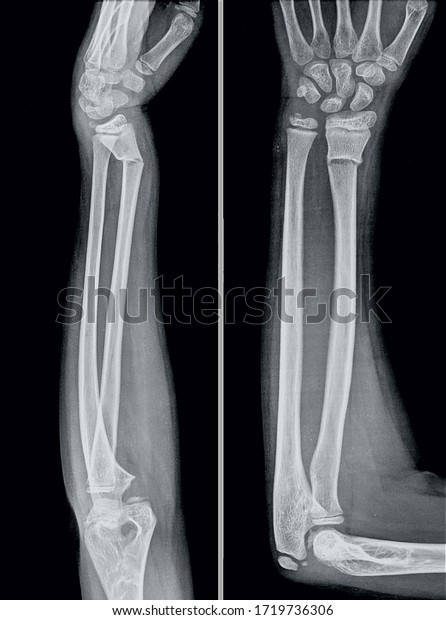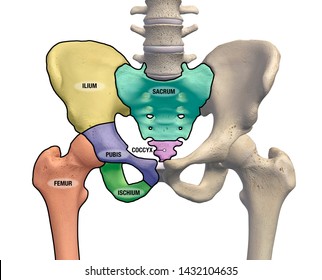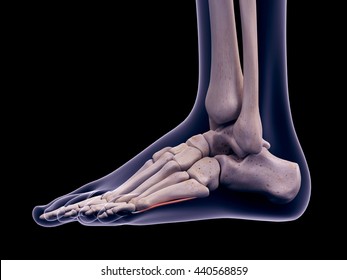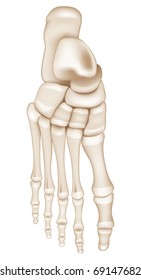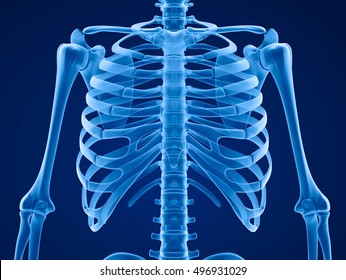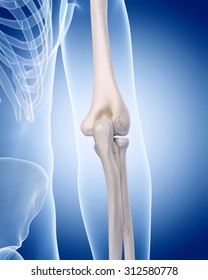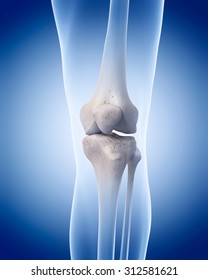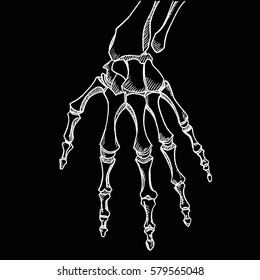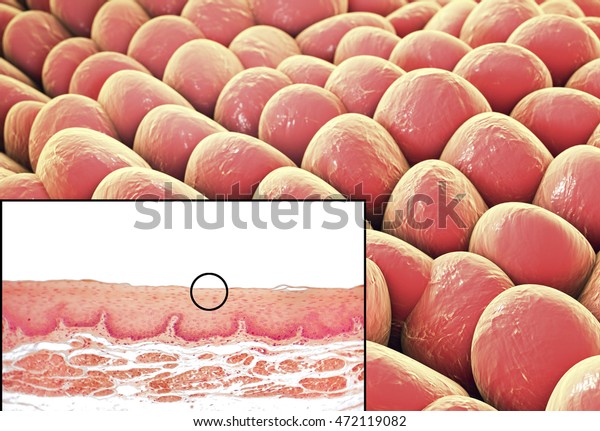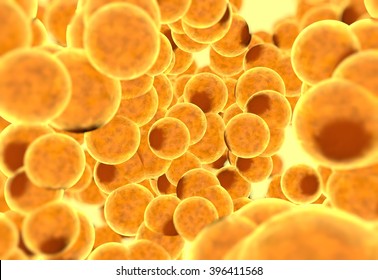CELLS
The Body is constructed from trillions of tiny living units known as Cell.
There are more then 200 different type of cell -and each has its own shape,size and specific job to do .
Typically ,cells of the same type work together in units called Tissues.
Each individual cell is surrounded by a thin membrane that regulates the movement of nutrients and other substances in and out of the cell .
Cells multiply by continually dividing into two identical "offspring". this division allows the body to grow and to replace cells that are damaged or worn out.
1. NERVE CELLS
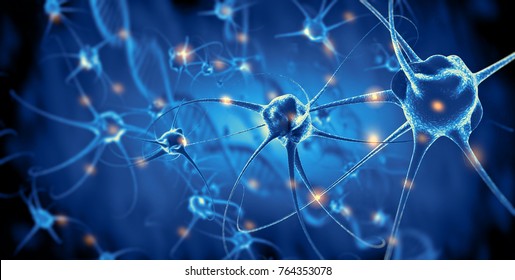
Found in the Brain,spinal cord ,and nerves ,nerves cells, or neurons , carry and process high speed electrical signals ,called nerve impulses. these impulses coordinate body processes and enable us to feel,think and move .
2.WHITE BLOOD CELL

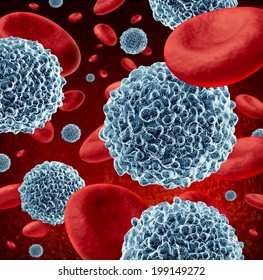 A macrophage "reaches out" to capture bacteria (blue)which it will digest.
A macrophage "reaches out" to capture bacteria (blue)which it will digest.
Circulating in blood ,and in a clear fluid known as lymph, white blood cells help defend the body against disease. The cells include macrophages and neutrophils,which eat bacteria and other germs ,and also lymphocytes,which release germ disabling antibodies.
3.EPITHELIAL CELLS
Epithelial cells lock together to form the protective,pitted lining of the stomach.
Tightly packed together ,these cells provide a barrier to stop harmful chemicals and germs reaching body tissues. they cover the body,forming the outer layer of skin, and line hollow organs such as the stomach,lungs and bladder.
4.BONE CELLS
Bone matrix is made of hard calcium salts and more flexible collagen fibres.
Spiky osteocyte lives in a lacuna,or space,in the bone matrix.
Osteocytes are bone cells that help to keep the bone in good condition .At first,they lay down bone , but later become stranded within a bony space. They keep in touch through tiny threads and pick up supplies from nearby blood vessels.
5.LIVER CELLS

Also known as hepatocytes , liver cells enable the liver to perform many hundreds of roles to control blood composition and keep the body stable. these include processing and storing nutrients (foods) , and removing poisons.
6. FAT CELLS
A spherical fat cell is filled mostly with a droplet of energy rich fat.
As their name suggests, fat cells specialize in storing fat .They group together to form adipose tissue,which serves as an energy store, cushions organs such as the kidneys,and insulates the body under the skin .
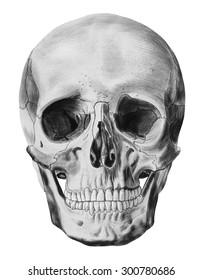 The bone in the skull protect the brain, provide a framework for the face, and anchor the muscles that produce facial expression The skull consists of 22 bones , 21 of which are locked together by immovable joints called sutures . only the lower jaw (mandible)can move .
The bone in the skull protect the brain, provide a framework for the face, and anchor the muscles that produce facial expression The skull consists of 22 bones , 21 of which are locked together by immovable joints called sutures . only the lower jaw (mandible)can move .